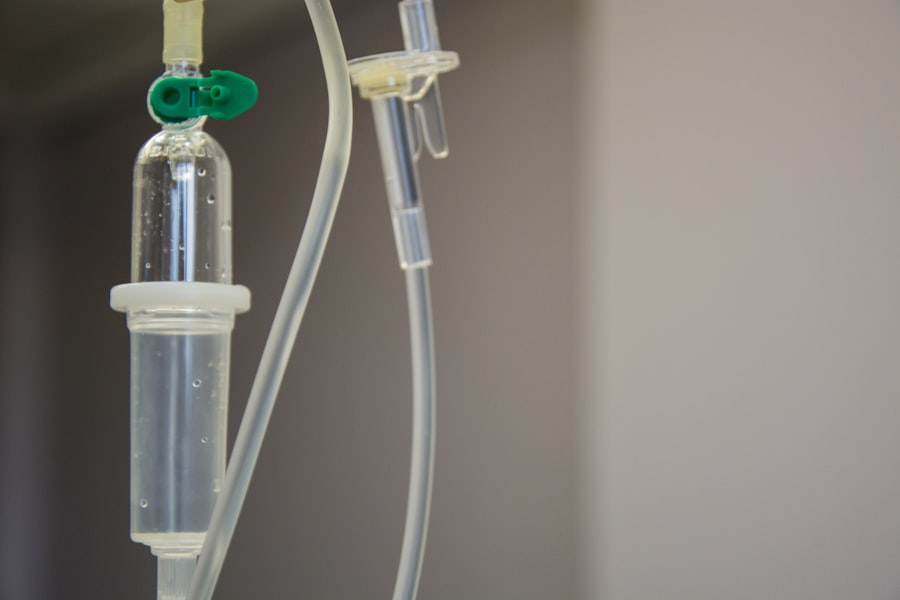To fully appreciate the effectiveness of laser hair removal, it’s essential to understand the hair growth cycle. Hair grows in three distinct phases: anagen, catagen, and telogen. The anagen phase is the active growth stage, where hair follicles are robustly producing hair.
This phase can last several years, depending on various factors such as genetics and body location. During this time, the hair is most susceptible to laser treatment, as the pigment in the hair absorbs the laser energy effectively, leading to permanent hair reduction. Following the anagen phase is the catagen phase, which is a transitional period lasting a few weeks.
During this time, hair growth slows down, and the hair follicle begins to shrink. Finally, there’s the telogen phase, where the hair rests and eventually falls out.
Understanding these phases is crucial for you because laser hair removal is most effective during the anagen phase. Therefore, multiple sessions are often necessary to target all hair follicles at the right time in their growth cycle.
Key Takeaways
- The hair growth cycle consists of three main phases: anagen, catagen, and telogen, and laser hair removal is most effective during the anagen phase.
- Factors affecting the success of laser hair removal include hair color, skin color, hair thickness, and the area being treated.
- The ideal times for laser hair removal treatment are during the fall and winter months when the skin is less exposed to the sun.
- Before laser hair removal, it is important to avoid sun exposure, waxing, and plucking to ensure the effectiveness of the treatment.
- After laser hair removal, it is important to protect the skin from sun exposure, avoid hot showers, and follow the recommended post-treatment care for best results.
Factors Affecting Laser Hair Removal
Skin Type and Color
One of the most significant factors is your skin type and color. Laser technology works by targeting the pigment in the hair, so individuals with light skin and dark hair typically see the best results. If your skin tone is darker or your hair is lighter, you may require specialized lasers or additional sessions to achieve optimal results.
Hormonal Influences
Another critical factor is hormonal influences. Hormonal imbalances can lead to increased hair growth in certain areas, which may affect how well laser treatments work for you. Conditions such as polycystic ovary syndrome (PCOS) can cause excessive hair growth, making it more challenging to achieve lasting results with laser hair removal.
Medical History and Medications
Additionally, medications you may be taking can also impact hair growth patterns and treatment efficacy. Being open about your medical history during consultations will help your practitioner tailor a treatment plan that suits your needs. It’s essential to discuss your specific skin and hair characteristics with your practitioner to determine the best approach for you.
Ideal Times for Laser Hair Removal Treatment

Timing plays a vital role in the success of laser hair removal treatments. The ideal time for you to undergo these sessions is typically during the fall and winter months when your skin is less exposed to sunlight. Sun exposure can increase the risk of complications and reduce the effectiveness of the treatment.
When your skin is tanned, it can absorb more laser energy, which may lead to burns or discoloration. Therefore, scheduling your treatments during these cooler months allows for safer and more effective sessions. Moreover, it’s important to consider your personal schedule when planning your treatments.
Since multiple sessions are required for optimal results, spacing them out appropriately is crucial. Most practitioners recommend scheduling sessions every four to six weeks, depending on your individual hair growth cycle. By planning ahead and allowing sufficient time between treatments, you can maximize the benefits of laser hair removal while minimizing any potential discomfort or side effects.
(Source: American Academy of Dermatology)
Preparing for Laser Hair Removal
| Aspect | Information |
|---|---|
| Preparation | Avoid sun exposure and tanning beds for at least 6 weeks before treatment |
| Shaving | Shave the treatment area the day before the appointment |
| Medications | Avoid medications that increase photosensitivity |
| Cosmetics | Remove all cosmetics, lotions, and deodorants from the treatment area |
Preparation is key to ensuring a successful laser hair removal experience. Before your first session, you should avoid sun exposure for at least two weeks. This means steering clear of tanning beds and using sunscreen diligently if you must be outdoors.
Additionally, it’s advisable to refrain from waxing or plucking hairs in the treatment area for at least four weeks prior to your appointment. These methods remove the hair from the follicle, which is counterproductive to laser treatment that targets the follicle itself. On the day of your appointment, arrive with clean skin free from lotions or creams.
Your practitioner may provide specific instructions regarding shaving the treatment area beforehand; typically, they will recommend shaving within 24 hours of your session to ensure that only the hair above the skin is removed while leaving the follicle intact for effective targeting by the laser. Being well-prepared not only enhances your comfort but also increases the likelihood of achieving satisfactory results.
Post-Treatment Care and Maintenance
After undergoing laser hair removal, proper post-treatment care is essential for optimal healing and results. Immediately following your session, you may experience some redness or swelling in the treated area, similar to a mild sunburn. Applying a soothing gel or cream recommended by your practitioner can help alleviate discomfort and promote healing.
It’s also crucial to avoid sun exposure for at least two weeks post-treatment; wearing sunscreen with a high SPF will protect your skin from UV rays that could cause irritation or pigmentation changes. In addition to sun protection, you should avoid hot baths, saunas, or vigorous exercise for a few days after treatment to minimize irritation. Your practitioner may also advise against using certain skincare products containing retinoids or exfoliants for a short period following your session.
Following these guidelines will not only enhance your comfort but also contribute to better long-term results from your laser hair removal treatments.
Potential Risks and Side Effects

While laser hair removal is generally considered safe, it’s important to be aware of potential risks and side effects associated with the procedure. Common side effects include temporary redness, swelling, or discomfort in the treated area. These symptoms usually subside within a few hours to a couple of days.
However, in some cases, individuals may experience more severe reactions such as blistering or changes in skin pigmentation. These risks are often heightened in individuals with darker skin tones or those who have recently tanned. To minimize these risks, it’s crucial to choose a qualified practitioner who uses appropriate technology for your skin type and hair color.
Being informed about potential side effects will help you make educated decisions regarding your treatment plan and set realistic expectations for your results.
Long-Term Results and Maintenance
One of the most appealing aspects of laser hair removal is its potential for long-term results. Many individuals experience significant hair reduction after completing their treatment sessions, with some achieving permanent hair loss in certain areas. However, it’s important to understand that individual results can vary based on factors such as hair type, skin tone, and hormonal influences.
While many people enjoy lasting smoothness after their initial treatments, some may require periodic maintenance sessions to keep unwanted hair at bay. Maintenance sessions are typically less frequent than initial treatments and may be scheduled once or twice a year depending on your individual needs. These follow-up appointments help ensure that any remaining hairs that were in a dormant phase during previous treatments are effectively targeted as they enter their active growth phase.
By committing to these maintenance sessions, you can enjoy long-lasting results and maintain smooth skin without the hassle of traditional hair removal methods.
Consultation and Professional Advice
Before embarking on your laser hair removal journey, scheduling a consultation with a qualified professional is essential. During this initial meeting, you’ll have the opportunity to discuss your goals and concerns while receiving personalized advice tailored to your unique situation. A skilled practitioner will assess your skin type and hair characteristics to determine if you’re a suitable candidate for laser treatment.
Additionally, this consultation allows you to ask questions about the procedure itself, including what to expect during and after treatment. It’s also an excellent time to discuss any medical conditions or medications that may affect your treatment plan. By seeking professional advice and being well-informed about the process, you’ll feel more confident moving forward with laser hair removal and can look forward to achieving smoother skin with minimal hassle in your beauty routine.
When considering how long between laser hair removal sessions on the face, it is important to also take into account the customization options available. In a related article on




